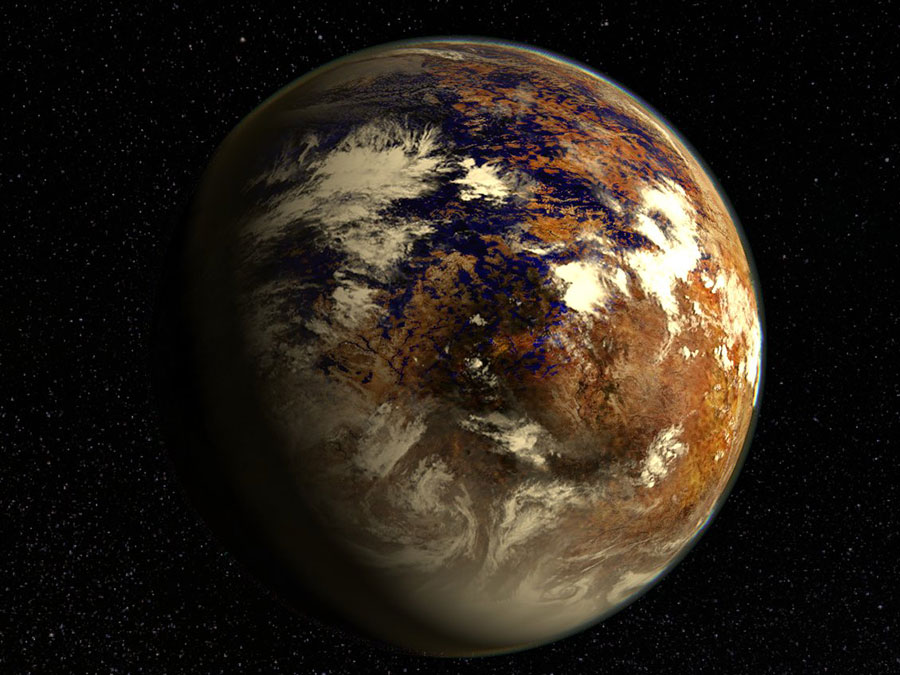A single ocean 200 kilometers in depth might cover Proxima B, the Earth-like planet closest to our world. A team of scientists from France’s Centre National de la Eecherche Scientifique (CNRS) calculated that the planet’s mass would be composed by a liquid ocean surrounding a rocky center.
In orbit within the closest star to our Sun, Proxima Centauri, the exoplanet seems to have the potential to sustain life. The researchers determined its dimensions and planetary surface characteristics, which allowed them to find that the maximum radius would measure 8,920 km. This means that the Rocky center and the surrounding ocean would share a 50-50 proportion of the planet’s mass.

“A thin, gassy atmosphere could surround the planet, like on Earth, rendering Proxima b potentially habitable,” the CNRS researchers concluded, as reported by International Business Times.
The study findings are a clear indication that the more scientists find out about Proxima B, the more this planet is considered the main target in the search for some form of life beyond Earth’s solar system. However, it is 25 trillion miles away from us, which means that human space travel with the purpose of meeting other forms of life there will be a huge challenge.
On August 24, an international team of scientists told the world that they had found a new planet in Proxima Centauri. The initial studies on the mysterious exoplanet have revealed that it orbits Proxima Centauri every 11 days and that it has a mass about 1.3 times that of our Blue Planet.
Proxima B is seven million kilometers away from its parent star, but it only receives about 65 percent of the energy compared with the amount of energy the Earth gets from the sun.
Areas that need to be studied beyond liquid water
Sara Seager explained in a CNN report that one important thing in the agenda of those scientists studying the exoplanet is to look for water vapor in the atmosphere. That would confirm there is a liquid ocean. They are also interested in finding oxygen to find out whether there is life as we know it.
An additional indication of earthly-like life would be the existence of ozone in Proxima B. This oxygen byproduct is responsible for protecting the planet surface from dangerous high-energy radiation coming from the parent star. This is possible thanks to a high atmospheric layer ozone creates.
Seager also noted the importance of searching for other gasses in order to better understand the greenhouse power of the exoplanet’s atmosphere. There is so much about that atmosphere scientists still ignore.
Source: International Business Times
